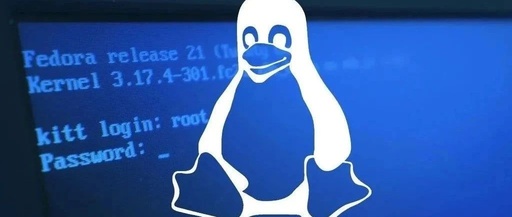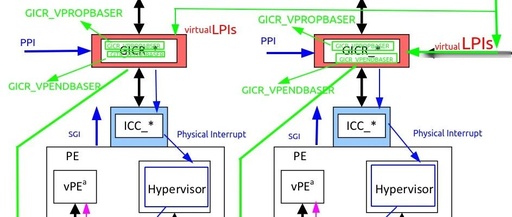Comprehensive Guide to Linux Command Delimiters: A Veteran’s Insights on Command Line Mastery
As a Linux operations engineer, mastering command delimiters is a key skill to enhance work efficiency. This article will detail commonly used command delimiters in the CentOS7 system and their usage techniques, helping you operate the command line with ease. 01 Basic Delimiters Semicolon (;) and Logical AND (&&) 1. Semicolon (;) – Execute sequentially … Read more








